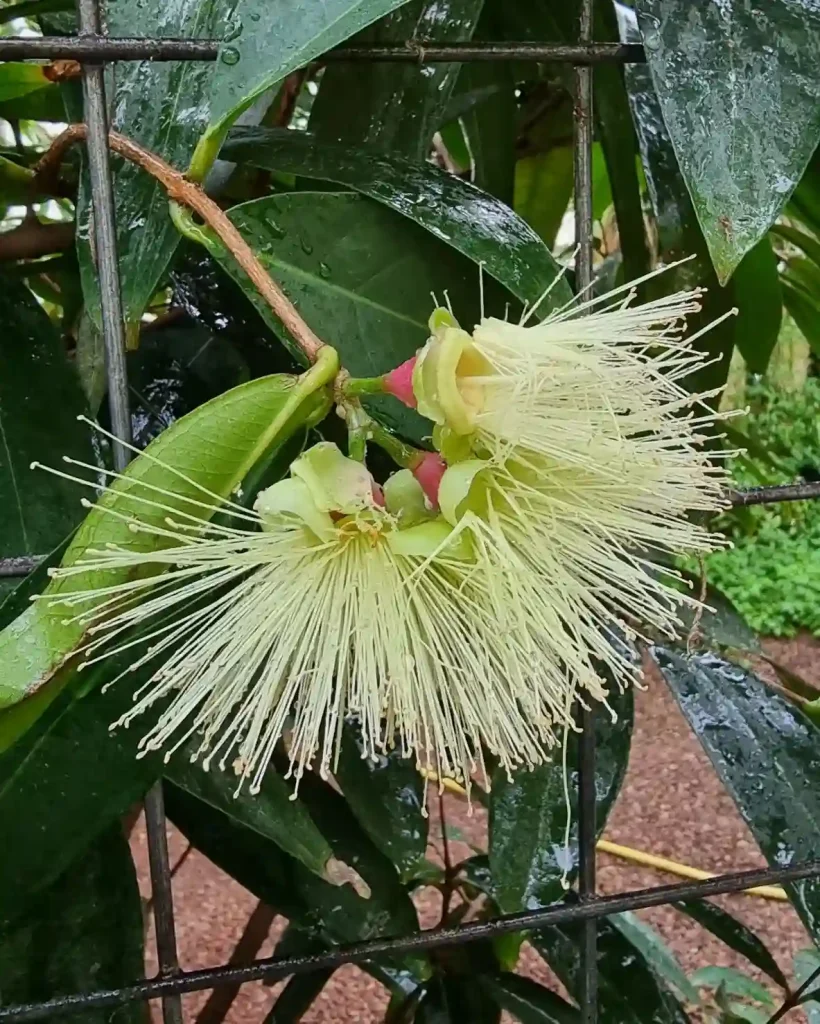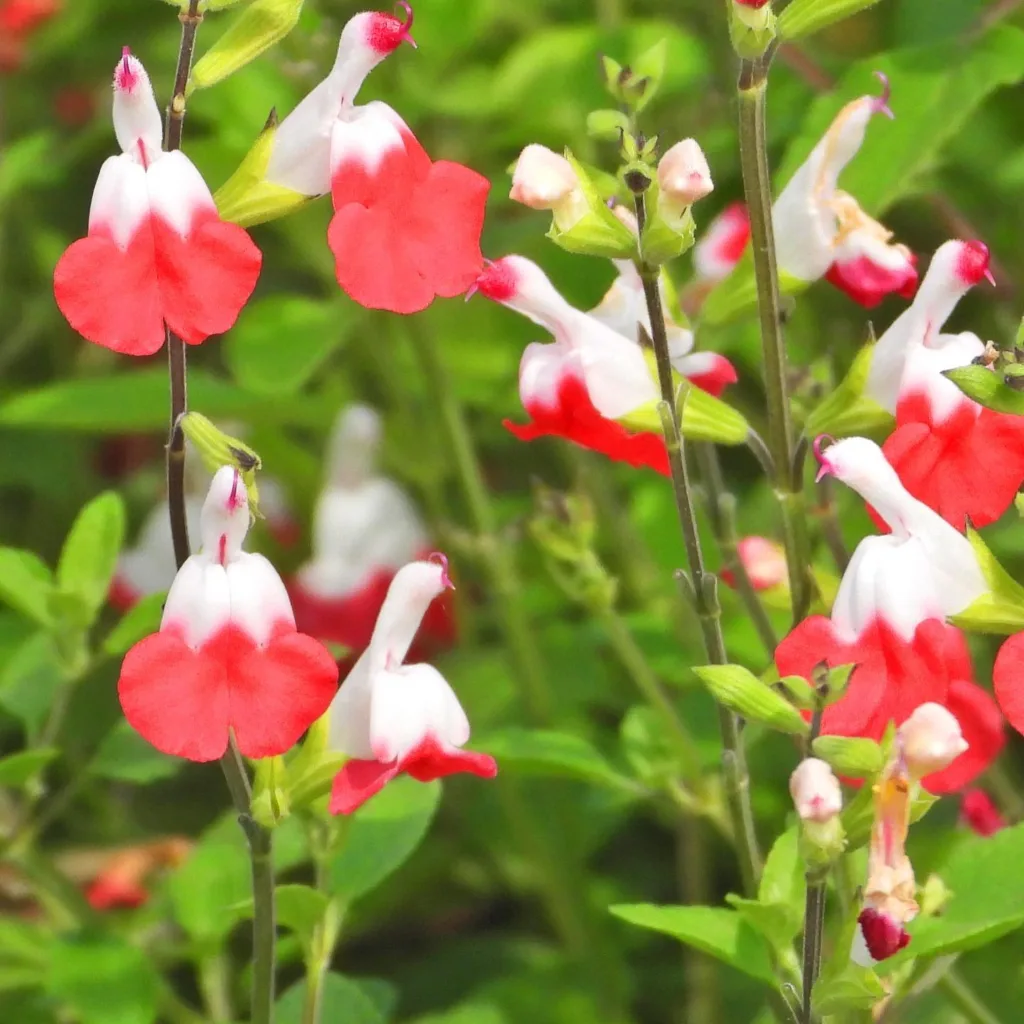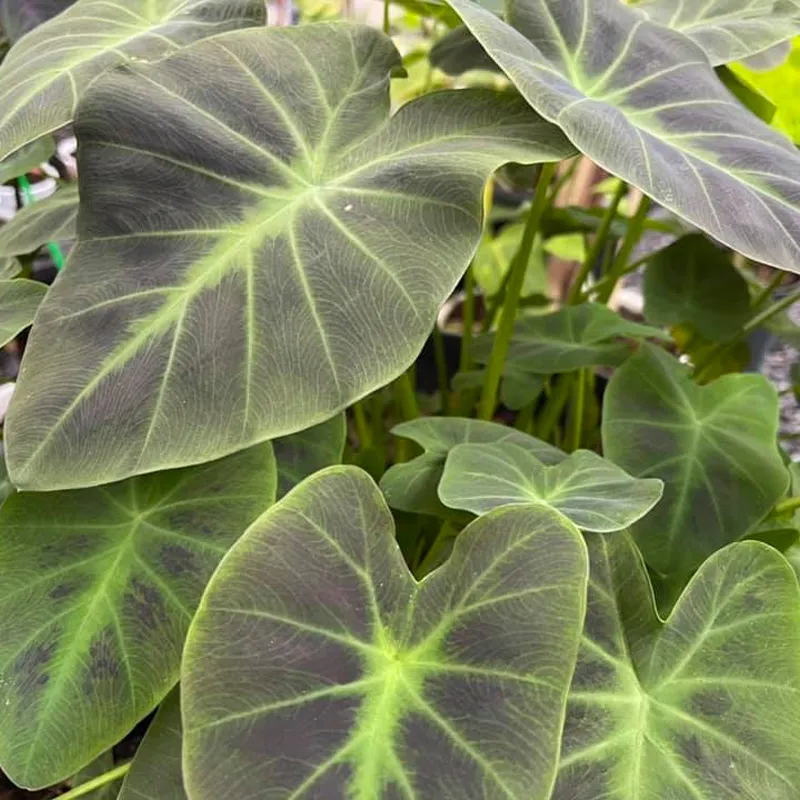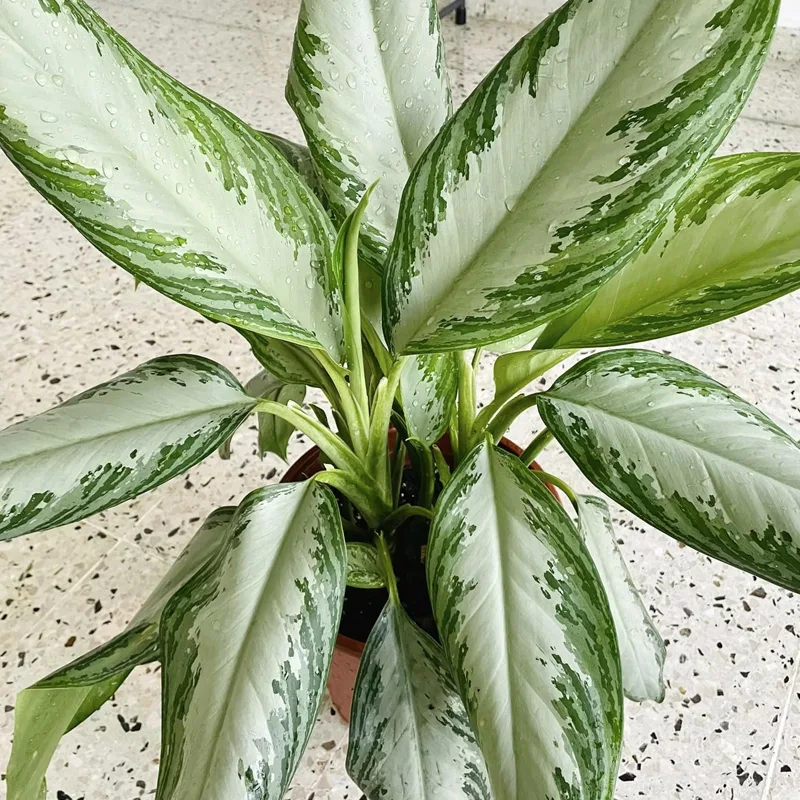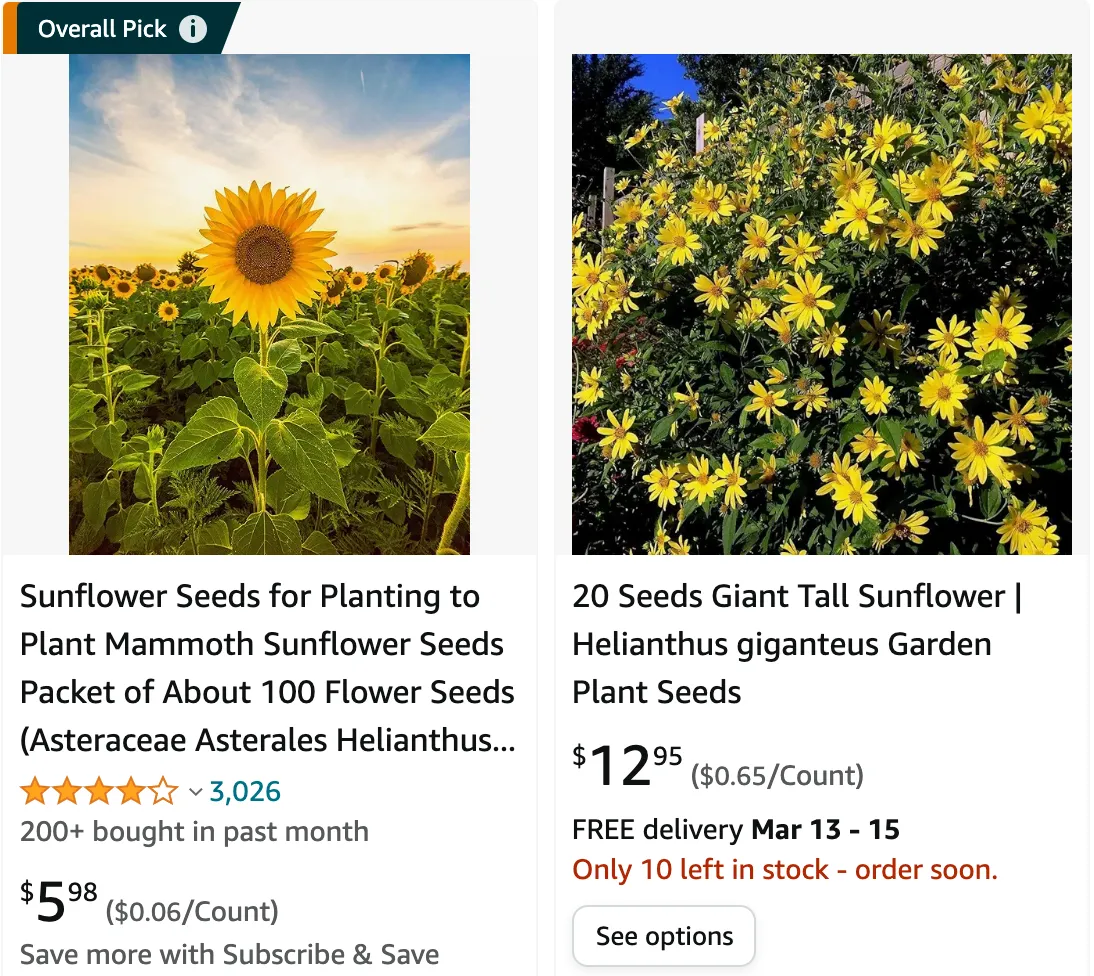
A Towering Delight: My Love Affair with Helianthus Giganteus
For years, sunflowers have held a special place in my garden. Their cheerful faces, bursting with sunshine-yellow petals, bring a splash of joy to any space. But a few seasons ago, I stumbled upon a hidden gem: the Helianthus giganteus, or giant sunflower. Let me tell you, this isn’t your average sunflower. It’s a towering titan, a majestic giant that transformed my garden from charming to captivating.
66 Species in Genus Helianthus
What is Helianthus Giganteus?
Helianthus giganteus, true to its name, is a sunflower on steroids. Unlike the familiar, head-sized blooms we commonly see, this North American native boasts flowers up to 3 inches in diameter, held aloft on sturdy stems that can reach a staggering 16 feet! Imagine sunflowers that tower over you, their golden faces beckoning like miniature suns.
But Helianthus giganteus offers more than just impressive height. Its slender, lanceolate leaves dance in the breeze, creating a graceful silhouette. And unlike some sunflowers that flop over under their own weight, the giant sunflower stands tall and proud throughout the season.
How to plant and care for Helianthus Giganteus?
Adding Helianthus giganteus to your garden is surprisingly easy. These perennials thrive in moist, well-drained soil and full to partial sun. They’re relatively low-maintenance, but a few key things will ensure your giants reach their full potential.
First, find a spot where they can shine. They appreciate at least 6 hours of direct sunlight daily. Remember, these are giants, so give them some space. Aim for a planting distance of 3-4 feet between each plant to allow for proper air circulation and prevent overcrowding.
Helianthus giganteus is a moderate drinker. Water regularly, especially during hot, dry spells. A good soak every few days will keep them happy. As for feeding, a light application of balanced fertilizer once a month during the growing season will give them a little extra boost.
Taming the Giant: Support and Maintenance
While Helianthus giganteus boasts sturdy stems, their impressive height can sometimes make them susceptible to strong winds. To prevent them from toppling over, staking is recommended. Install sturdy stakes early in the season, before the plants reach full height. Loosely tie the stems to the stakes as they grow, providing gentle support without restricting their natural movement.
Deadheading, the practice of removing spent flowers, is a great way to encourage continuous blooming throughout the season. Simply snip off the faded flower heads just below the base. This will not only keep your garden looking tidy but also signal the plant to produce new blooms.
A Beacon for Pollinators: Sharing the Bounty
Helianthus giganteus isn’t just a visual treat; it’s a haven for pollinators. Butterflies, bees, and hummingbirds flock to its bright yellow blooms, drawn by the promise of sweet nectar. By planting these giants, you’re not just adding beauty to your garden, you’re contributing to a healthy ecosystem that supports these vital creatures.
Beyond Beauty: Unexpected Uses for Helianthus Giganteus
While Helianthus giganteus is primarily prized for its ornamental value, there’s more to this sunflower than meets the eye. The underground tubers of the plant are edible, similar to Jerusalem artichokes. However, unlike its artichoke cousin, the tubers of Helianthus giganteus are generally considered to be less flavorful.
The flower heads, on the other hand, can be used to make a natural yellow dye. Simply dry the flower heads and simmer them in water to extract the color. This eco-friendly dye can be used for fabrics, yarn, or even natural Easter egg coloring.
What to plant with Helianthus Giganteus?
With its towering stature, Helianthus giganteus can be a dominant presence in the garden. But fear not, there are plenty of plants that thrive alongside this sunflower giant.
For a colorful contrast, consider planting lower-growing annuals like cosmos, zinnias, or marigolds around the base of the sunflowers. These cheerful companions will fill in the gaps while adding a vibrant burst of color.
For a touch of elegance, ornamental grasses like switchgrass or maidenhair grass can be planted nearby. Their swaying blades will create a dynamic contrast with the sunflower’s rigid stems.
Finally, consider adding some vining plants to the mix. Clematis or morning glories can be trained to climb up the sunflower stalks, adding a vertical element and creating a truly captivating display.
Conclusion: A Towering Love Story
Helianthus giganteus has become a beloved fixture in my garden. Its towering presence, cheerful blooms, and ease of care make it a true winner. Whether you’re a seasoned gardener or just starting out, this sunflower giant is sure to add a touch of magic
If i die, water my plants!
